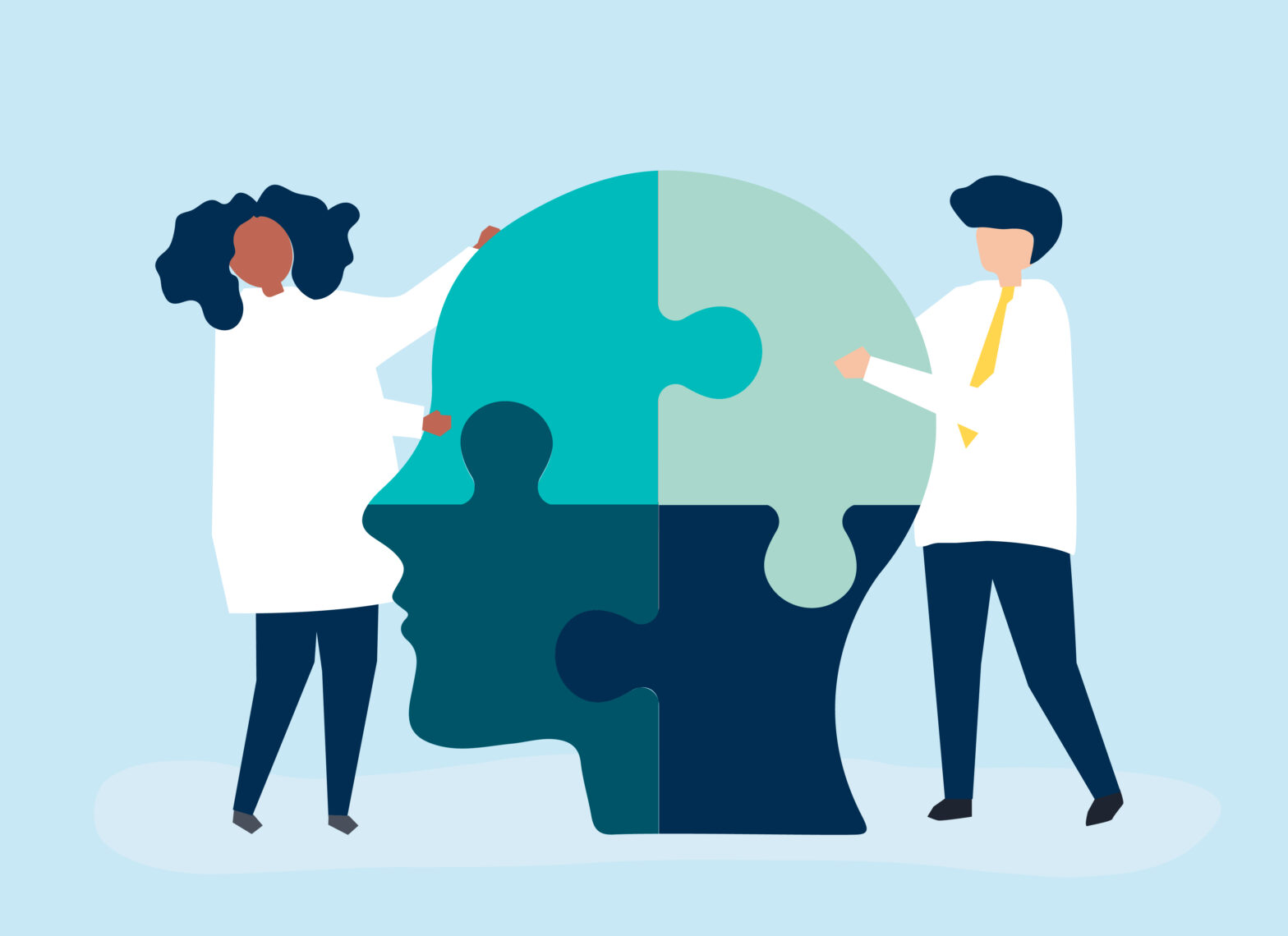The HR playbook for mental health
- 4 Min Read
Never has there been a better opportunity for organisation to step back and evaluate mental health efforts in the workplace. As we look back on 2020’s Mental Health Awareness Month, HRD Thought Leader Chuck Heaton outlines his top tips for implementing year-round initiatives.
- Author: Chuck Heaton
- Date published: Jun 3, 2020
- Categories

As an HR leader, I have seen up close the impact that poor mental health can have on employees. But unfortunately, leadership teams do not always value the role that positive mental health plays in improving the overall wellness of the workforce. In addition, employees often have difficulty recognising and accepting that they have mental health issues.
Since 1949, the month of May in the United States has been designated as Mental Health Awareness month. This year, #breakthestigma felt like the perfect hashtag for improving awareness and acceptance.
The timing of this campaign was particularly beneficial as mental health issues are projected to rise sharply among our global population. In fact, recent Census Bureau data shows that 1/3 of Americans are now showing signs of anxiety or depression since the onset of coronavirus. When considering the separation from families, friends and co-workers cause by the pandemic, this data becomes much less surprising.
So, the key question for companies to ask is: how can we improve the mental health component of our workplace wellness initiatives?
Here is a proposed three-step playbook for HR to help their organisations improve mental health awareness and acceptance:
Step 1: Develop data on your current environment
- Analyse the current usage of your mental health benefits.
- Benchmark your Employee Assistance Program (EAP) benefits vs your competitors’ programs. Do you need to improve your current offerings?
- Consolidate a list of mental health issues within your organisation over the last 12 months. Identify trends, demographics, departments, tenure etc.
- Measure mental health awareness among your population: conduct surveys and focus groups to measure the current level of mental health awareness in the organisation.
Step 2: Training
- Senior leadership: educate them with a high-level review of the current state of mental health within the organization. Identify areas in the company that are potential hotspots for mental health challenges. Present an updated strategy for mental health awareness and improvement and educate them on the potential impact they could have day-to-day.
- Managers & supervisors: most EAP providers will offer a certain number of training hours for their clients each year. Take advantage of the opportunity to better educate your managers and supervisors on mental health. Educate them on how their actions can produce both positive and negative effects. Give them tools on the signs they should be watching for, good behaviors to set the tone for employees and the resources they can utilise to help themselves and their employees.
- Employees: make them aware of the resources available for them to improve their own mental health. What does their benefit program provide? What strategies can they adopt to improve their mental health? (mindfulness, meditation, exercise, food, etc.) Establish a culture where employees can help each other practice positive mental health.
- Incorporate mental health awareness tools into your HSE (Health, Safety & Environmental) & HR departments as part of their overall mission for workplace safety. Develop mental health sections for HSE audits of locations. Empower your HSE and HR professionals to identify potential mental health challenges during their daily engagements, their daily safety briefings for employees, huddle meetings and training.
- Deploy EAP resources for emergencies & developing issues. I have found it to be an effective strategy to bring EAP counselors on-site to assist employees when they experience a tragedy or traumatic event. I have seen consistent employee acceptance and engagement when confidential mental health support is available following a workplace challenge
Step 3: Communication
- Set the tone at the top: if we are to break the stigma of mental health, the tone must be set by senior leadership. It needs to be part of the vernacular leaders use when we are discussing the overall health and wellness of employees.
- Develop a company-wide communication strategy on how to regularly educate employees on mental health. Ask yourself, how often do you communicate with your employees about wellness? Ensure that mental health topics are injected into your regular wellness communications. Develop visual reminders that can be utilised in your facilities and online.
- Partner with your EAP and healthcare partner to identify and consistently promote resources across your organisation. EAPs are typically under-utilised but offer a wealth of resources and information for employees, family members and management.
Supporting employees during and after a mental health crisis builds a positive, dedicated and stronger workforce. As we look back on the month of May, be sure to capitalise on your opportunity to #breakthestigma and implement your own mental health and wellness program all year round.








